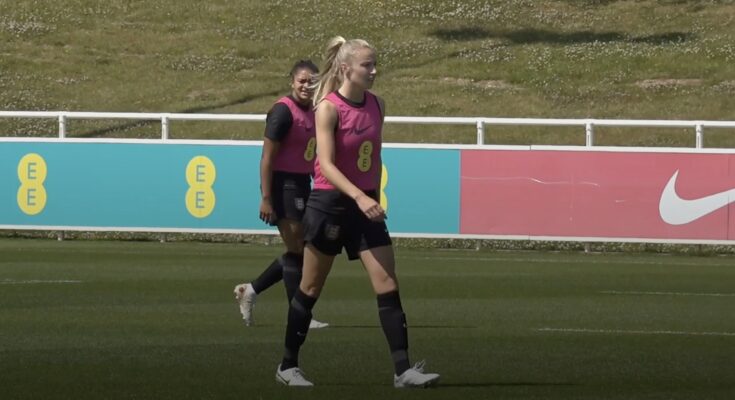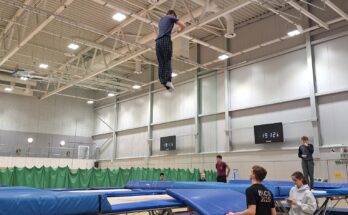FEMALE footballers are up to six times more likely to suffer from an ACL injury. There is a 120% increase in ACL reconstructors in girls aged 15 to 19.
The number of female players who have had their World Cup dreams taken away by the tear of the short ligament is alarming.
Between 25 and 30 players, which is enough for an entire squad, missed out on this year’s Women’s World Cup because of ACL injuries.
The high amount of ligament damage in the Arsenal women’s squad highlights the risk of severe knee injuries in sports like football.
Within 6 months, the club has suffered from 5 ACL tears, including the likes of Leah Williamson and Vivianne Miedema, who both had to miss out on their 2023 World Cup dreams.
Depending on how badly the ligament is damaged, it can take up to nine months for it to fully heal after surgery.
Activities such as swimming, cycling, weights, and hydrotherapy can help build strength in the knee.
Women’s football has managed to thrive and grow in an underfunded environment, and members of the UK parliament are urging sports brands to increase their range of football boots for women and girls.
The lack of female-specific football boots is the main interest and problem in women’s sports. There is currently research being carried out to show that female player’s boots are designed for men and could be putting them at a higher risk of injury.
There are currently prevention programmes taking place by the British Orthopaedic Association to help tackle the rise in women’s football ACL injuries. They are creating a test that helps players understand their movement and helps prevent ligament damage.



